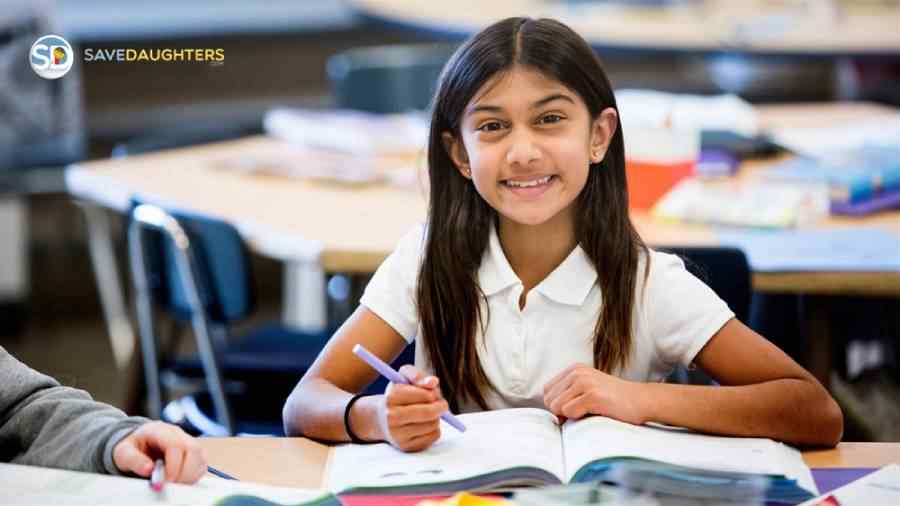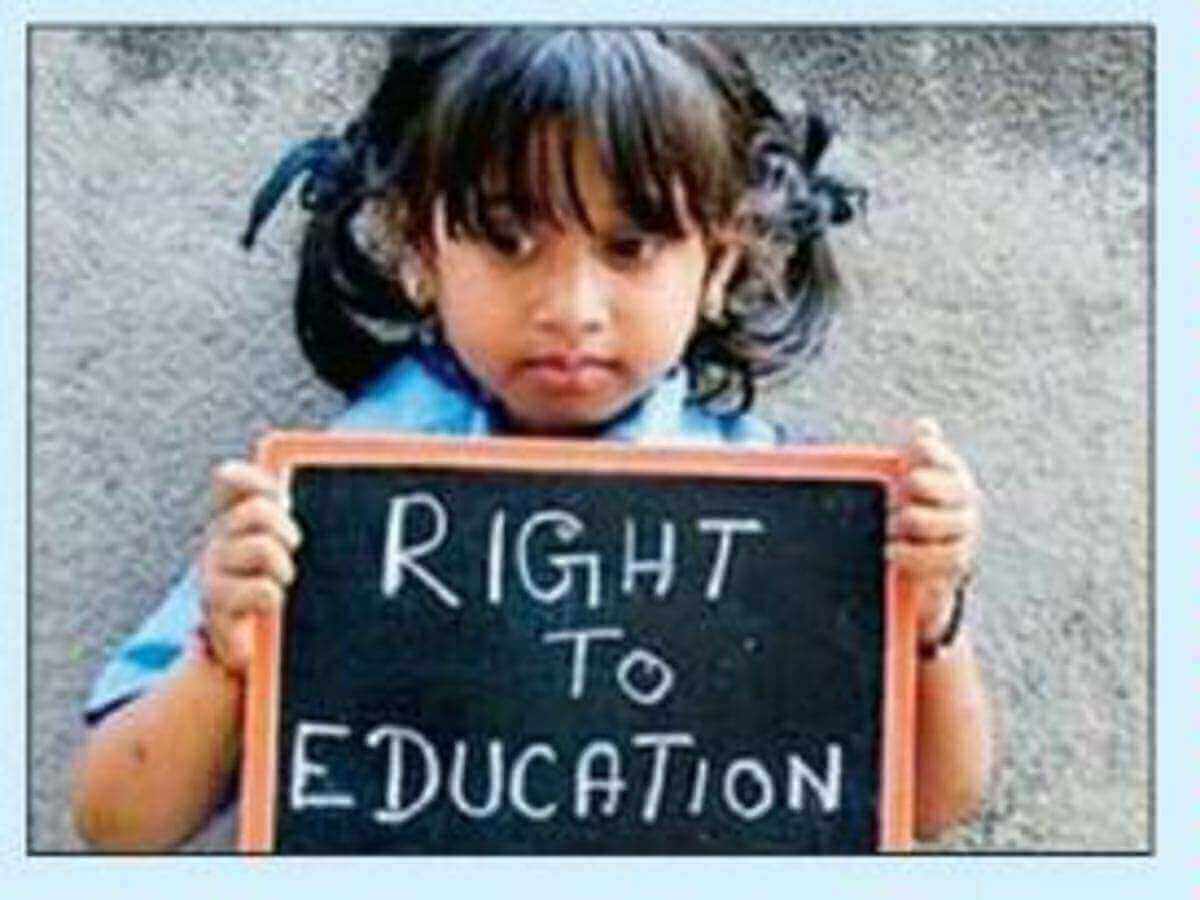
All children, regardless of age or gender, need a loving family, a safe environment, opportunities and the right to live as they wish. Every child has an innocent childhood and especially if it is a girl, we must protect, care, nurture and defend their childhood and make decisions that affect their lives. India is considered one of the most dangerous countries in the world for girls. Even now, in this modern age where many are "modern" and "educated", there are families that still prefer a boy over a girl. In all parts of our country, regardless of one's social class, there are families in which a girl child still faces discrimination and parental happiness is determined by the sex of the child. If a boy is born then there is an atmosphere of joy and happiness in most of the families and if there is a girl, some families experience stress and express failure and disappointment. There are many NGOs in India which work for the safety and well being of girls and guarantee all rights of girls.

The education of girls in our country suffers from many serious problems. The first and foremost problem is the problem of waste and stagnation. Efforts to provide education especially for girls at the primary level have largely failed. Girls' education surpasses that of school-going girls. It is also about ensuring that girls education and feel safe in school; have the opportunity to complete all levels of education to acquire the knowledge and skills to compete in the labor market; learn the social-emotional and life skills needed to navigate and adapt to a changing world; making decisions about your life; and contribute to their communities and the world.
According to the 2011 census, the literacy rate of females is 64.46 percent, while that of males is 82.14 percent. The National Commission for Protection of Child Rights had noted that around 40% of girls aged 15 to 18 did not attend school and about 65% of them did household chores. Savedaughters Foundation, a Jaipur-based NGO. They have the opportunity to complete their primary and secondary education. Education is one of the important parts of life and it has been the right of all people for a long time, but Indian girls are demanding their share. Savedaughters Foundation, one of the best NGOs, has a high priority for quality education that is inclusive, aiming to empower all children to become informed, capable, compassionate and good citizens of the world.
Officially, child marriage is illegal in India. A law passed in 1929, the government passed a law prohibiting the practice and it was updated again in 2006. According to the Government of India, the legal age of marriage is 18 for girls and 21 for boys. Independent girl who is married in her childhood has little or no opportunity to learn, fulfill her dream, or contribute to society. She has undermined her changes by creating her own alternate universe. She is more likely to experience domestic violence and become infected with HIV / AIDS, especially if the girl is married to someone two or three times her age. She is more likely to die from complications during pregnancy and childbirth. Child marriage constitutes a negative attack on the Indian economy and can lead to the cycle of poverty for all generations to come. Surveys propose that at least 1.5 million girls under the age of 18 marry each year in India, making India the country with the highest number of married girls in the world.
Currently, about 16% of adolescent girls in the 15-19 age group are married. Trafficking of children for work is a tragedy that forces families to abandon and forget their children. Acute poverty, fluctuations in employment, ending child marriage natural disasters and oppressive social environments are some of the factors driving temporary and permanent migration of the poor and marginalized, in which children are uprooted from their places of origin and left behind. they lose in childhood and opportunities are denied of your rights. In agricultural areas that are completely dependent on monsoons, depleted water levels and dry conditions lead to unstable and poor agriculture, leading to large fluctuations in the employment of agricultural workers.
Child labor results in the beginning of the adult life of children, with or without income, in conditions that can harm their physical, social, mental, emotional and natural development, allowing them to achieve their education, well-being and development. Fundamental rights. . It includes children who work in any sector, occupation or process, including formal and informal, organized and unorganized, within or outside the family.
In India, children are trafficked for many purposes, including employment, begging, sexual exploitation and slavery. The highest percentage of trafficked girls and women was identified in the cities of Jaipur. Every year, 40,000 children are kidnapped, leaving 11,000 fascinated. NGOs in India estimate that between 12,000 and 50,000 women and children are trafficked annually from neighboring countries as part of the prostitution trade. Women and girls are trafficked within the country in the business of sexual exploitation and forced marriage, especially in areas with a high sex ratio that supports men.
Approximately 59% of underage girls did not know a way to defend themselves against trafficking and 72% did not know of assistance (Beti Bachao Beti Padhao) that could help them. Poverty, lack of knowledge and financial support are the main reasons for child trafficking in India. This local rape leads to the kidnapping and trafficking of 12,000 girls and women each year, from each state with a relatively high number of girls. There is another part of the country, where the number of children is lower due to the excessive murder of women.
More than 50% of adolescents teenage girls, in particular, suffer from multiple nutritional deficiencies. While more girls than boys are short, anemia affects 40% of adolescent girls compared to 18% of boys, and the condition worsens as they age. The girl faces a loss of access to nutrition and is therefore at increased risk of morbidity and mortality. Malnourished girls grow up to be malnourished mothers and potentially give birth to malnourished and low birth weight babies, who are more vulnerable to death and disease. NGOs such as "Savedaughters", whose flagship program is emergency medical assistance, also ensure that no child dies of hunger and are actively involved in the worst affected tribal areas as part of their Zero Hunger program. Fight against malnutrition. They focus on child health and well-being, whose goal is to reduce infant and child mortality by addressing malnutrition, ensuring good health, and working with adolescent and women's self-help groups in project areas.
The empowerment of women and girls in India is still perceived as an unnecessary participation of women in the world of men. 95 percent of working women are hired in sectors or organizations that pay less or are poorly paid than men in the same job. Only 27% of adult Indian women had a job or were actively looking for one and most of them are involved in daily work. Despite rapid growth in economic activity, a quarter (23.6%) of girls and women aged 15 and over participated in the workforce in 2018, compared with 78.6% of men. One in ten female workers in India is a minor girl.
Quality of Girl's education is still considered one of the foolish ideas in some parts of the country. Boys are highly motivated to pursue education compared to girls. As a result, adolescent boys are more economically active than girls in their group. For girls to progress in India, training them for specific skills and educating them with gender stereotypical jobs like tailoring, beautician courses, catering or secretarial internships. For an underprivileged and underprivileged girl, building a secure tomorrow requires financial stability and an acquired skill set. Some NGOs initiate employment training programs for adolescent girls in order to generate income through activities such as entrepreneurship, self-employment, wage employment or home work.
The best NGOs in India, such as the Savedaughters Foundation, promote the life skills necessary to lead a quality life and eliminate gender biases. They help female students cope with difficulties in daily life by teaching them to make informed decisions, think creatively and collaboratively, solve problems, and build healthy relationships through effective communication. Her wish is that no child is forced to drop out of education due to financial constraints.
Also Check Here:

.webp)